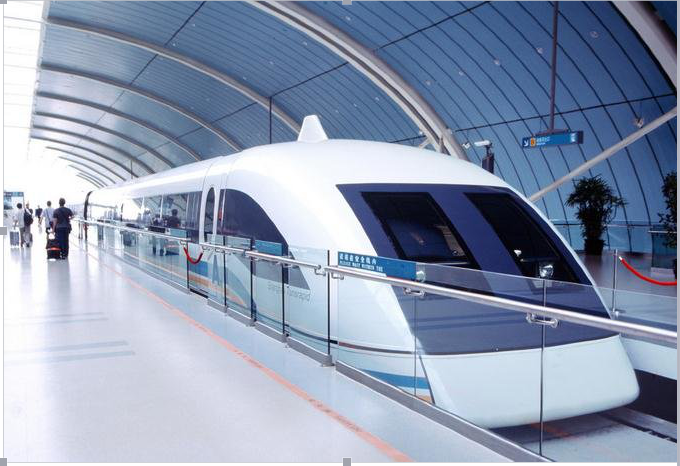In order to speed up the construction of urban rail transit, standardize the management and approval of rail transit planning and construction, and ensure the smooth progress of rail transit construction, Shenzhen Rail Office recently drafted the Administrative Provisions of Shenzhen Rail Transit Project Construction (Draft for Approval) (hereinafter referred to as the "Provisions") and submitted it to the Shenzhen Judicial Bureau for review. This is the first time that China has made special legislation on urban rail transit project construction. According to the Regulations, it is expected that the minimum time from the application for approval of the project feasibility to the completion of the building envelope construction permit will be 68 working days.

According to Shenzhen Municipal Bureau of Justice, this is the first time that Shenzhen has legislated for rail transit construction, and this is also the first time that China has specifically legislated for urban rail transit construction projects.
It is reported that the rail transit project has been short of special laws and regulations. It is difficult to apply for approval and construction relying on the legal planning of existing engineering construction projects. The approval process is complex, the approval time is long, and the project approval lags behind the construction of the project. As a result, the rail transit project has not been approved and constructed first, and the construction management risk is prominent, and the control pressure is large.
In order to enhance the scientific and democratic nature of legislation and further improve the quality of legislation, the Shenzhen Municipal Judicial Bureau published the draft of the Provisions for review and the full text of the instructions for soliciting opinions from all sectors of society. Relevant units and people from all walks of life can put forward their opinions before May 16, 2019.
The Shenzhen Municipal Party Committee and the Shenzhen Municipal People's Government recently put forward the goal of accelerating the construction of rail transit, widening the channels of external railway radiation, and building a backbone transport network of "two 1000km" (more than 1000km subway, more than 1000km high-speed railway). At present, Shenzhen is in urgent need of speeding up the construction of subway, high-speed railway, and intercity rail, and building a balanced, coordinated, more bearing capacity, and driving urban pattern to consolidate the transport foundation, Give full play to the role of Guangdong Hong Kong Macao Greater Bay Area as the core engine of construction.
When the rail transit project is inconsistent with the general urban planning and the general local planning, due to the long time of planning adjustment, the project approval is seriously delayed, and even the project planning approval procedures can not be handled after the completion and opening to traffic, and the punishment for violation is found. For example, Qiaochengdong Depot has paid a fine, but due to the adjustment of the general urban planning, the project planning procedures can not be completed until now.
As the largest livelihood project, rail transit projects have become illegal projects, causing the government approval departments to bear huge risks and pressures in administrative approval, letters and visits to maintain stability, and even legal proceedings.
The Regulations are prepared to optimize the preconditions for approval, provide the basis for approval, solve the legal obstacles of various functional departments in the original approval process, and ensure the operability of the approval, aiming at the approval issues such as the basis for project establishment, site selection and planning conflict, land occupation, underground space development, long approval time, long design cycle, construction project planning permission, construction permission, and land use contract.
The reporter learned that, in view of the characteristics of rail transit projects, the Regulations set reasonable approval conditions and approval time limits for each approval link, rather than simply reducing the time limit for work and reducing the approval items. For example, the time limit for project feasibility study approval and budget estimate approval is extended to 30 working days.
In addition, no temporary project planning permission and construction permission will be handled, and the quality and safety supervision procedures for temporary relocation of municipal pipeline projects will be handled.
Article 17 of the Provisions makes it clear that land not covered by property development and not involving the occupation of basic farmland shall be deemed to conform to the overall land use plan, and the municipal planning and natural resources departments may first issue the site selection opinions, preliminary review opinions on land use and land use planning permission.




 What help do you need?
What help do you need?